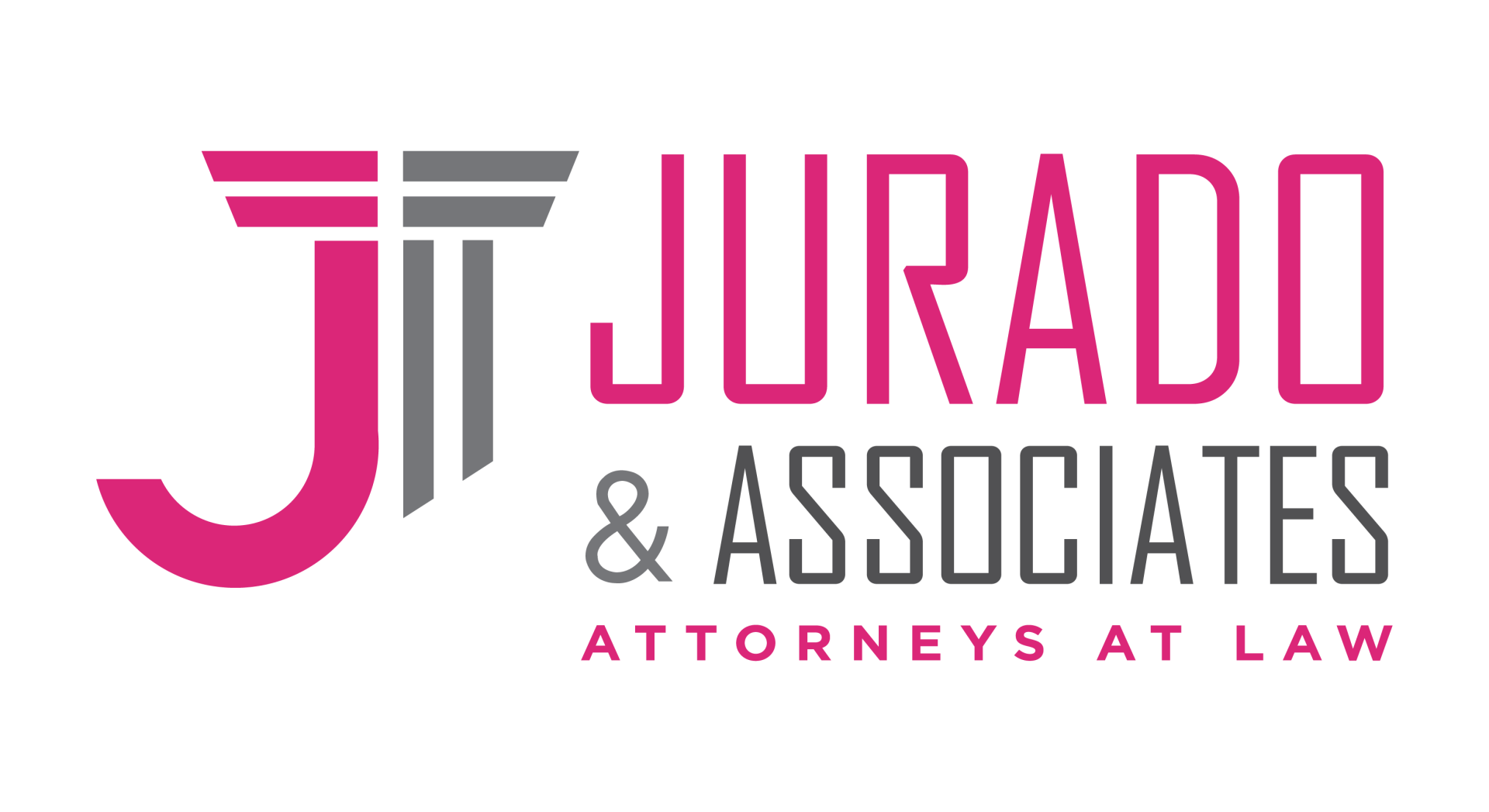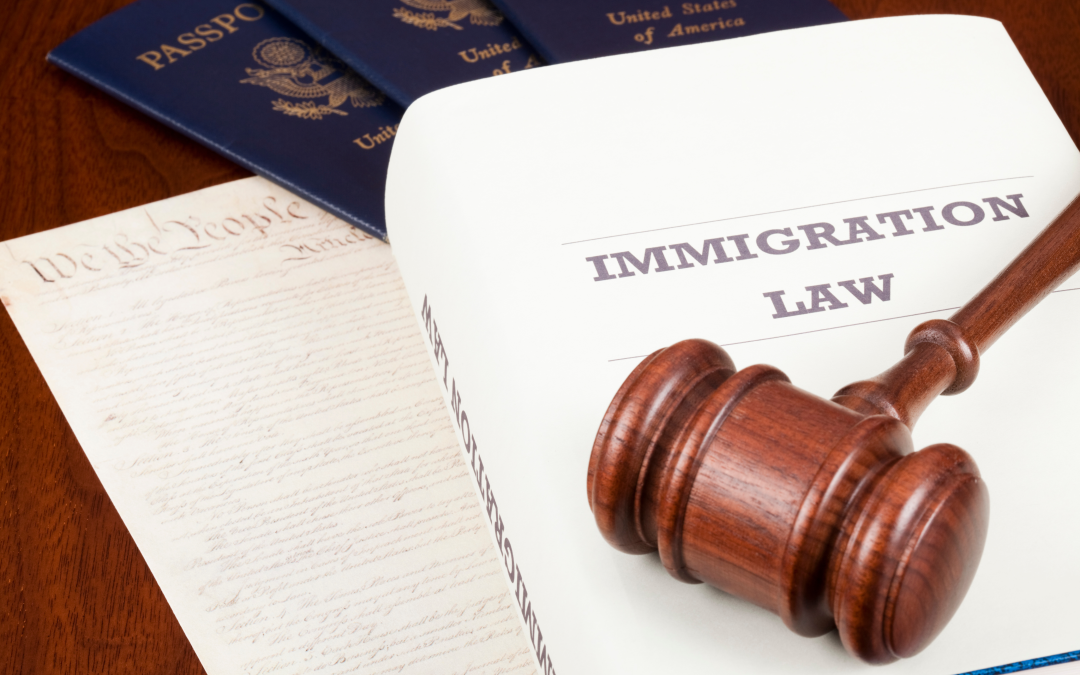The United States Citizenship and Immigration Services (USCIS) has more than a hundred visa options divided into two main categories – immigrant visas and nonimmigrant visas. The L-1A visa and the H-1B visa are nonimmigrant work visas.
Keep reading to identify whether an L-1A or an H-1B visa is the best visa option for your case.
Is L-1A or H-1B Better? – An In-Depth Review
L-1A Intracompany Transferee Visa
A subdivision of the L-1 visa category, the L-1A nonimmigrant classification has two distinct purposes:
- Allow eligible US employers to transfer an executive or manager from one of its affiliated offices located abroad to one of its affiliated US offices
- Allow eligible foreign companies that do not year have an affiliated office in the United States to send an executive or manager to establish a new US-based office
In both cases, the employer must apply on the employee’s behalf by filing Form I-129 (Petition for a Nonimmigrant Worker) with USCIS and pay the required filing fee. To qualify for L-1 classification to transfer or send an intracompany transferee to the United States, the employer must:
- Have a qualifying relationship with a foreign company, and
- Be in the process (or will be) of doing business as a US employer and in at least one other country directly or through a qualifying organization during the employee’s period of stay under L-1 status
Please note that there is no specific requirement that the company must be engaged in international trade. The term “foreign company” refers to a parent company, branch, subsidiary, or affiliate, which are collectively referred to as qualifying organizations.
To qualify for L-1A status, the employee must:
- Have been working for a qualifying organization located outside the United States for one continuous year within the three years immediately before US admission, and
- Enter the United States to occupy an executive or managerial role and perform services for a branch of the same employer or one of its qualifying organizations
H-1B Specialty Occupation Visa
The H-1B visa is a nonimmigrant classification that permits eligible foreign nationals to enter the United States to perform services in a “specialty occupation.” As described by USCIS, this term refers to an occupation that requires:
- “Theoretical and practical application of a body of highly specialized knowledge, and
- Attainment of a bachelor’s or higher degree in the specific specialty (or its equivalent) as a minimum for entry into the occupation in the United States”
A job offer may only qualify for H-1B status if the position meets at least one of USCIS criteria for a specialty occupation. For example, if a bachelor’s or higher degree or its equivalent is normally the minimum entry requirement for the particular position, it may qualify for H-1B status.
To perform the services involved in a specialty occupation, prospective employees must meet one of the requirements established by USCIS, which are:
- Holding a US bachelor’s (or higher degree) required by the specialty occupation from an accredited college or university
- Holding a foreign degree that is the equivalent to a U.S. bachelor’s (or higher degree) required by the specialty occupation from an accredited college or university
- Holding an unrestricted state license, registration, or certification authorizing the applicant to practice the specialty occupation and be immediately engaged in that specialty in the state of intended employment
Do You Want to Identify Whether an L-1A or an H-1B is the Right Visa Option? – Contact Attorney Romy B. Jurado Today
Waste no time with uncertainty – get in touch with Attorney Romy B. Jurado by calling (305) 921-0976 or emailing [email protected] for an individual assessment.





